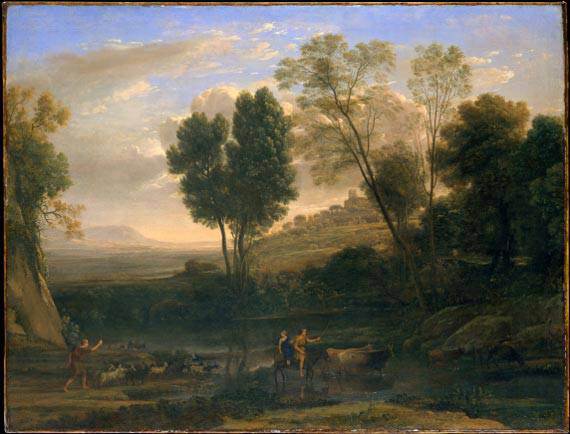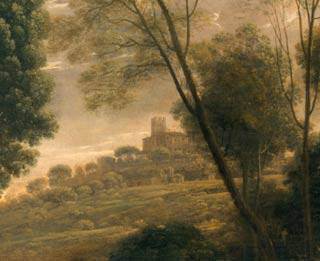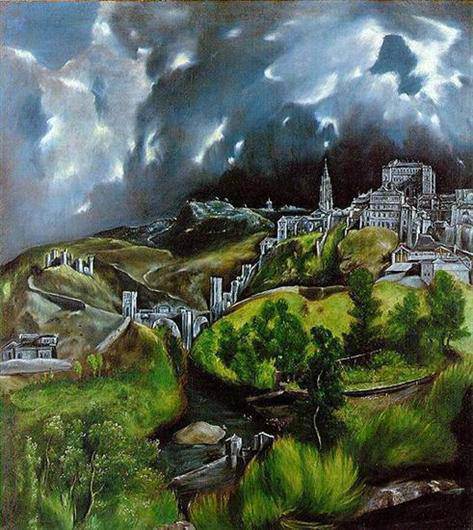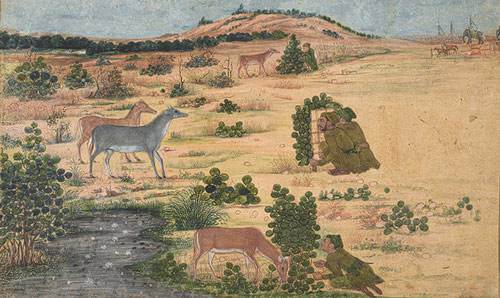Claude Lorrain · Sunrise

Claude Lorrain (Claude Gellée, France, 1600-1682), 1646-47. Oil on canvas, 102.9×134 cm (40 1/2 x 52 3/4 in.) Metropolitan Museum, New York
Born in France and raised in Italy, Claude Lorrain is one of the great landscape painters of the Baroque era, whose style inspired -directly or indirectly- many other later painters, such as Van Goyen and Van Ruysdael in the Netherlands, Corot and Rousseau in France, Turner and Constable in England, or even the first painters of the Hudson River School in America, like Asher Brown Durand.
Claude Lorrain’s works are classical landscapes, idealized visions of a lost past, evoking praises of an ancient perfection. He was not interested in an accurate representation of a specific place, but in praising the beauty of nature and the grandeur of the ancient world. In his works is quite usual the presence of human figures, but -like in the works of Joachim Patinir- they are insignificant when compared to the natural surroundings.
“Sunrise” from the Metropolitan Museum of New York is a good example of all this. The painting is divided into three principal planes. In the foreground, three people are crossing a river accompanied by a group of animals. Behind them, hidden among the vegetation, we can see the silhouette of a castle. And in the background there is an undefined landscape, illuminated by the light of sunrise. The whole scene conveys a classical serenity.
G. Fernández – theartwolf.com

Detail of the painting
Follow us on:


